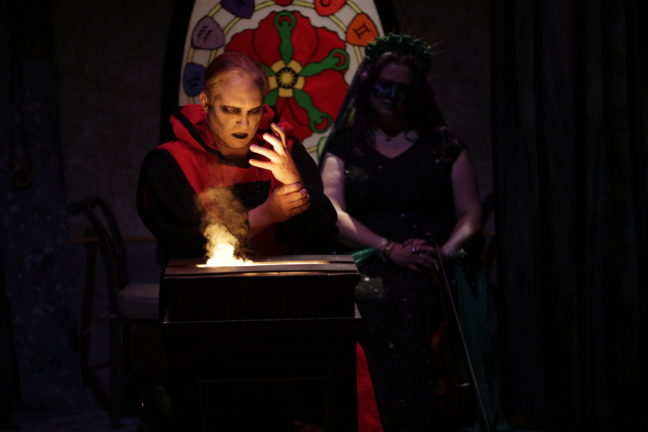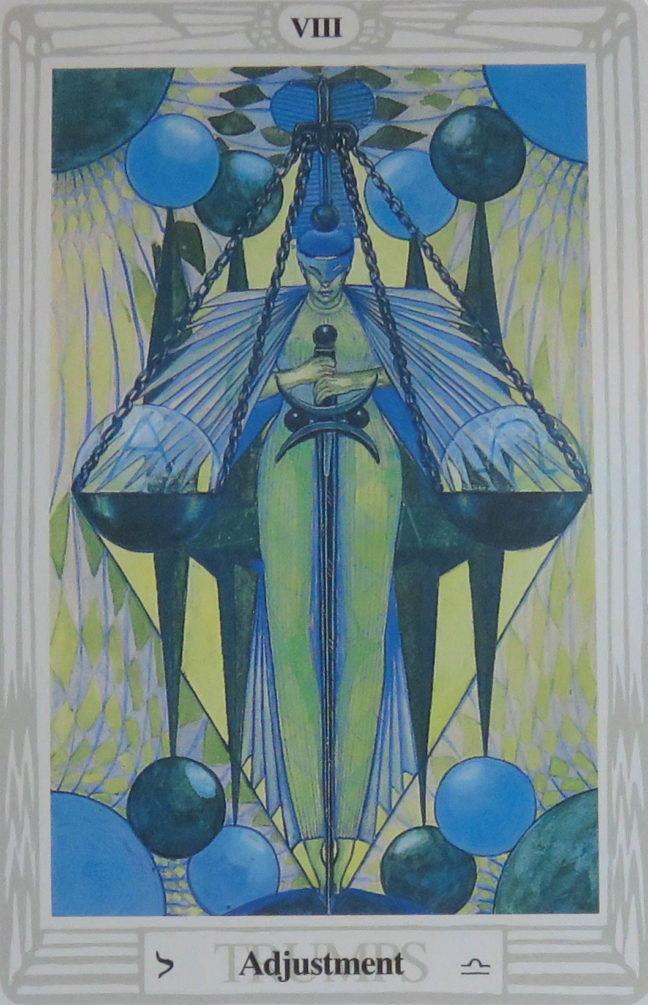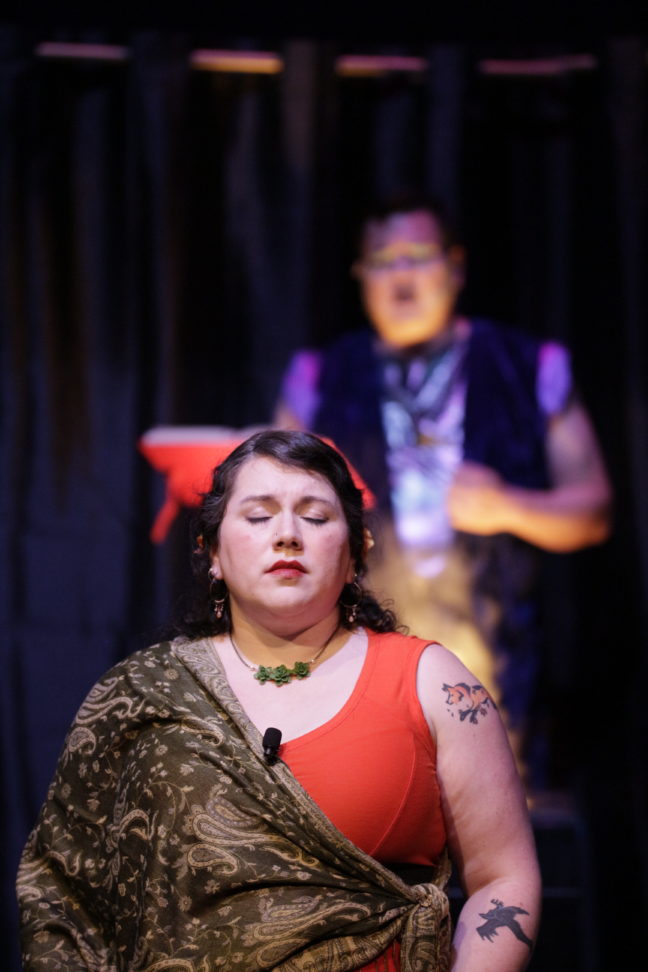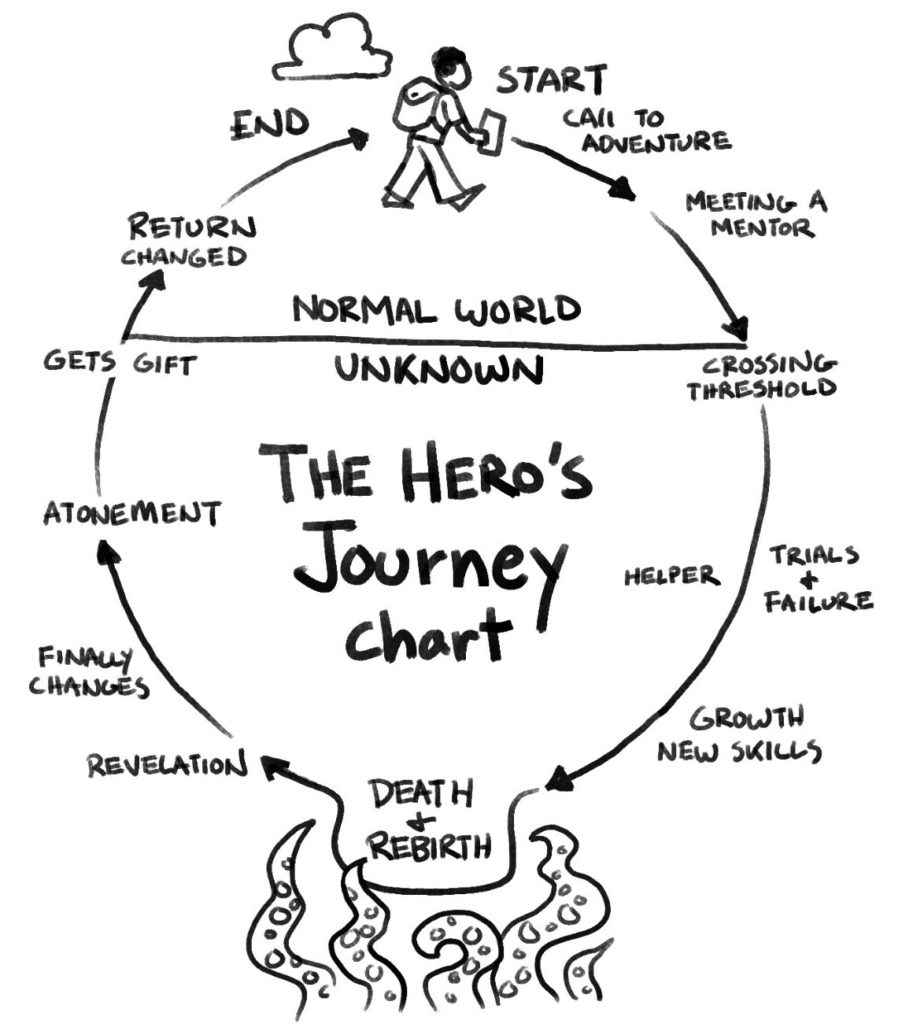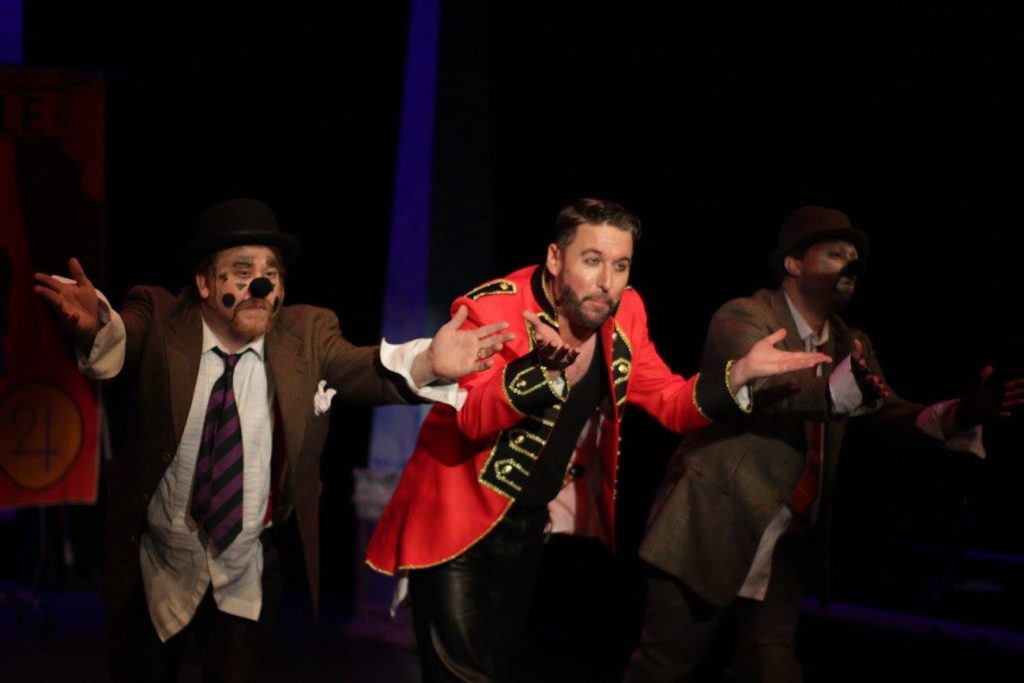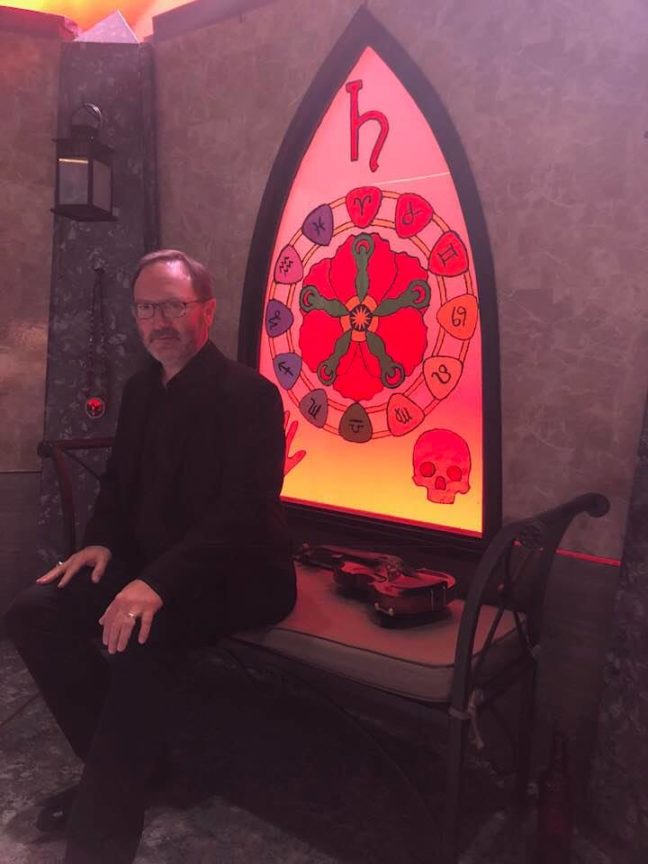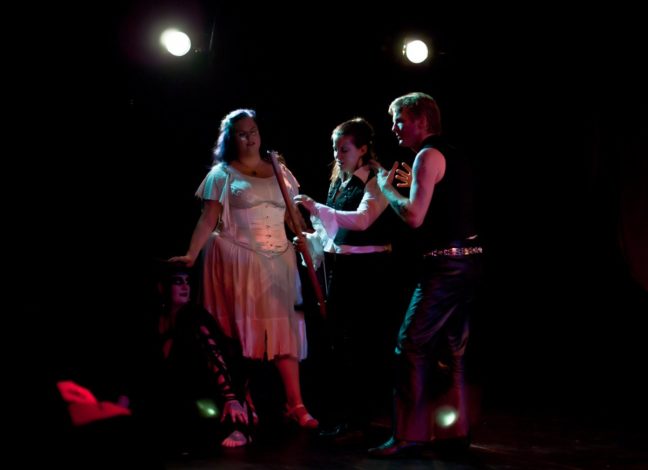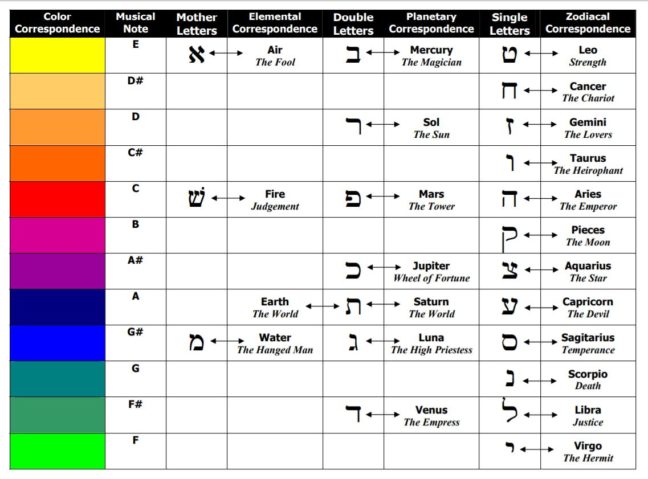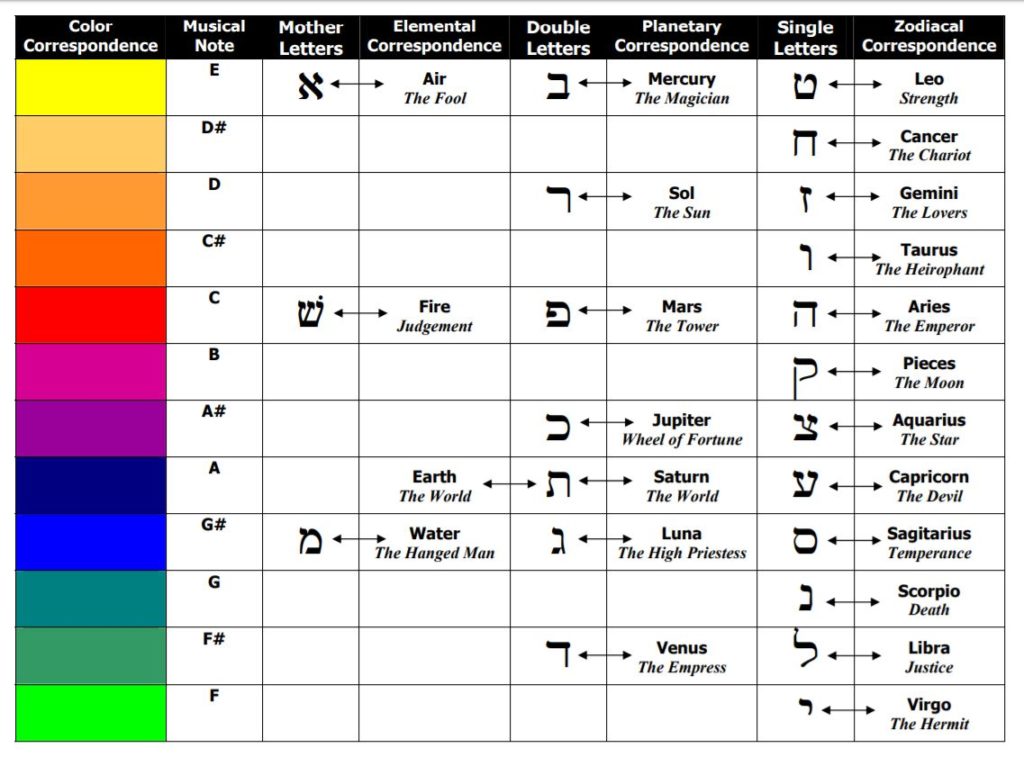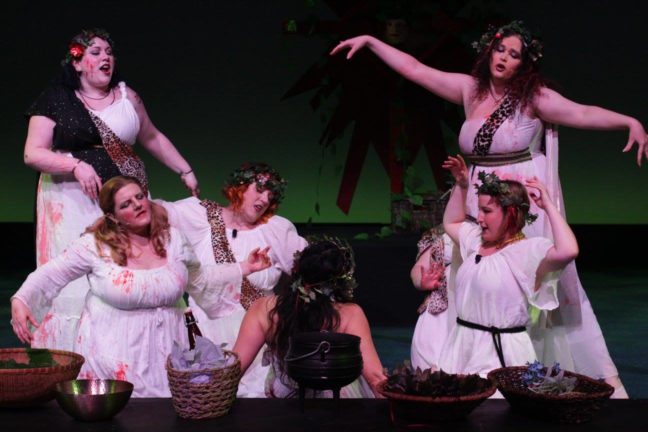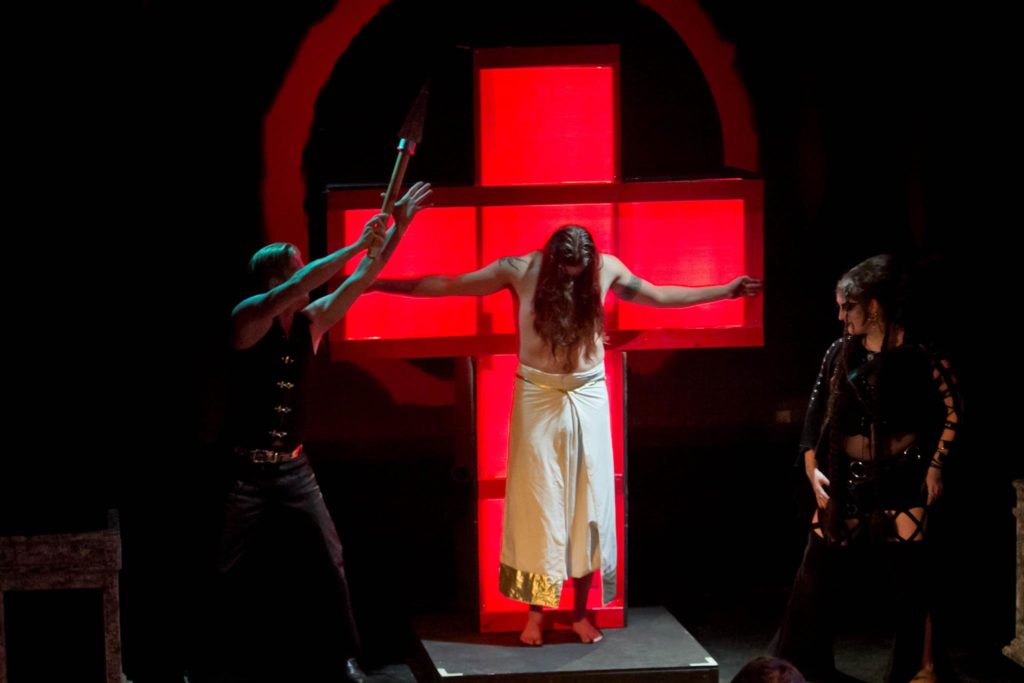“It is necessary, in this world, to be made of harder stuff than one’s environment.”
― Aleister Crowley
This post has been delayed because I find the subject matter particularly difficult. For my own part, I have nothing but the deepest appreciation and respect for everyone who wanted to work with us along the way, and I make it a practice to foster an attitude of gratitude for the abundant support we have been provided. I have always seen my role as being supportive to the artists we work with, and have made every effort to be understanding and patient when situations become difficult.
Complaining about other people and their behavior, especially in a public forum, isn’t something I am either keen to do, or particularly comfortable with.
Yet, it would be a disservice to anyone looking for practical advice if I were to pretend that there were never interpersonal challenges, never disagreements, and that we were never placed in a situation where we made the decision to remove a cast or crew member from our team. It happened on several occasions over the years, and each time was uncomfortable, but ultimately we did what we thought was best for the team, and the project.
This particular post, like many others, also presumes that you, the reader, are the person running the project, and the advise is geared accordingly.
In our last post we talked about Adjustment, course correction, and how moving forward often means just, “not taking things personally”. Rather than succumbing to frustration, accept the reality and soldier on. This is likewise the first order of business in conflict management when dealing with difficult people.
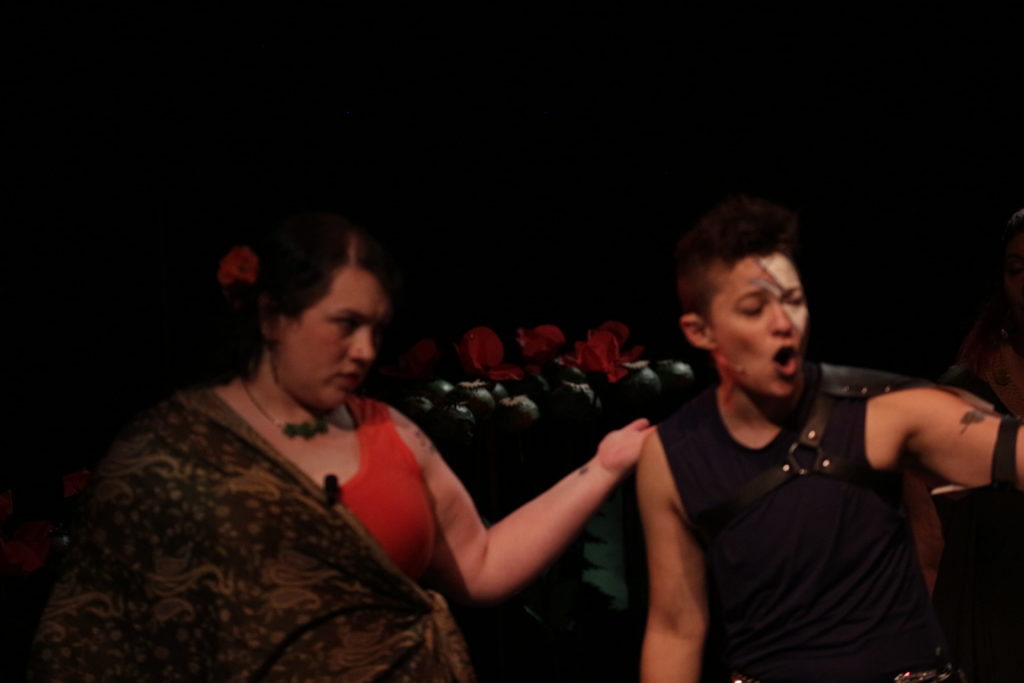
Fortunately, those skills will likely cover you over 80% of the time, and often fostering the attitude of courageous adjustment on your team is enough to smooth out the wrinkles and keep the project moving forward without taking further action. It is surprising, but true, that when you tell people that you expect them to be able to handle a challenge, and when you put that idea to them with conviction, that they will believe you and act accordingly!
The other 20% of the time, you may find yourself dealing with the sort of intransigence that can only be solved by removing the human obstacle from the equation.
The reasons that a person might be difficult are as varied as the people, themselves. There are some who are attached to their own vision, and cannot refrain from argument. There are some who are cruel and disruptive to other cast members for their own amusement or out of insecurity. There are some who will just actively do the opposite of whatever you ask in the name of “Chaos Magick” or some other excuse to defy any and all authority. There are some who simply claim that they wish to be involved, and proceed to do nothing, but argue their devotion to the project.
Some challenges can be overcome by setting firm expectations, and sticking to them. If the behavior can be discussed, acknowledged, and modified, chances are good that this will be a great learning opportunity for everyone involved. Working with a group is one of our best catalysts for growth, and one of the benefits of doing this work. Don’t be too quick to run off volunteers who may just be working through some personal foibles.
“Their false compassion is called compassion and their false understanding is called understanding, for this is their most potent spell.”
― Aleister Crowley
Nevertheless, the underlying truth is that unless you believe that you can work through the issue, the reason is not important. If the person cannot address the concerns about their conduct, then the project leaders must address the concerns, by removing the person from the project. A problematic person cannot be ignored within the group. They will drive off the rest of the team.
And if someone is making a point of being difficult while trying to create and rehearse, there is a good likelihood that they will be equally or more difficult when it is time to perform! Sadly, it also means they will be difficult when asked to leave.
They will argue. Make a scene. Accuse you of being cruel. Defame you on the internet. Try to foster bad publicity. Possibly reach out to crew members and supporters and try to convince them to withdraw support. And my all time favorite, accuse you of being a poor Thelemite for interfering with their will*.
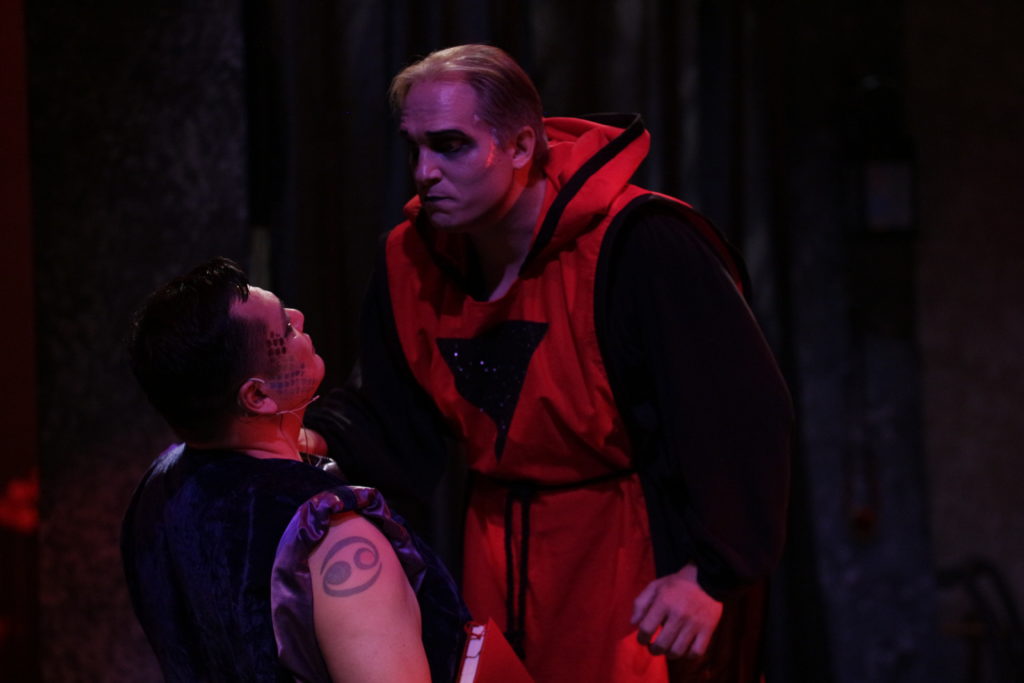
…is NOT what Magister Templi said to Aquarius.
This, BTW, is non-sense. If anyone has the will to be involved in your project, they must necessarily have the will to meet your criteria. And if it is truly their will to celebrate The Rites of Eleusis and they cannot do so as a member of your team, they can certainly go and do it themselves. Wish them luck, and escort them out!
It can be rather like a bad breakup in a public place. Loud, angry and embarrassing. I recommend that any difficult conversation like this involve the person in question, and two members of the team. Don’t do it in front of everyone if you can help it, and don’t go alone. Three is the magic number.
And when they do respond loudly, and they may, once again the adage, “Don’t take it personally” comes to mind. You cannot allow yourself too much time to revel in hurt feelings when dealing with a troublesome individual. You have a production to run, and they have already derailed it to some degree. There is a very good chance that causing you distress is precisely the reaction they are looking for, and I suspect you have better things to do.
Remove them from the group, e-lists, etc. and move on with the work. Explain it to the remainder of the cast without getting personal. Remember, another person may have to depart, and they will be watching for how you treat people when they leave. Every courtesy you show to a difficult person once they have been removed reflects well on you, and keeps the channels of communication open. You want people to come to you and let you know what is happening, rather than being afraid to reach out to you, thus allowing their struggles come as a surprise at the eleventh hour.
I also strongly recommend that you do not respond on social media, do not engage in debate, do not play into their narrative, do not try to “show them” by doubling-down in even more egregious behavior than their own. This is a victory for your detractors. This plays to the narrative of their persecution. And in the end, it is a waste of creative energy.
“The best way to show that a stick is crooked is not to argue about it or to spend time denouncing it, but to lay a straight stick alongside it.”
― D.L. Moody
This is a quote I often paraphrase as: “Sometimes you lay a straight stick next to a crooked stick and call it a good days work.”
And this is a much easier task when you remember this simple truth: You are not in a power struggle with anyone. If you are in charge, you can listen to every idea (at the appropriate time), consider every option, and make your decision. You can adjust as necessity requires, as we previously discussed. You are never obligated to debate. If you are running the show, that is it.
Now, if you make it awful, people will leave. But if you allow someone else to make it awful, people will also leave. At the end of the day, you do not have to explain yourself, defend your position, or apologize for being responsible for making the decisions. You just have to step into your role as an authority and act according.
And, Oh, my friends! Don’t let that go to your head, either. That is the other pitfall of taking things personally.
